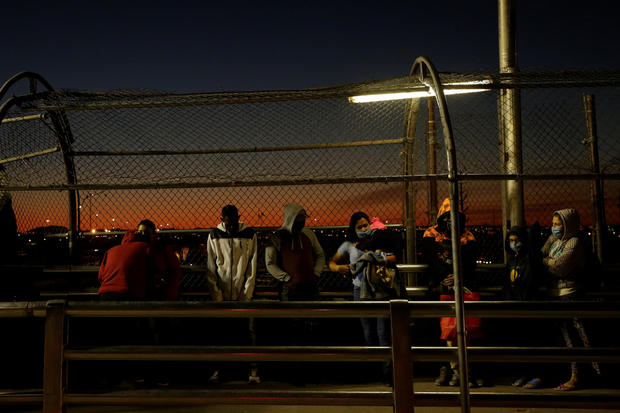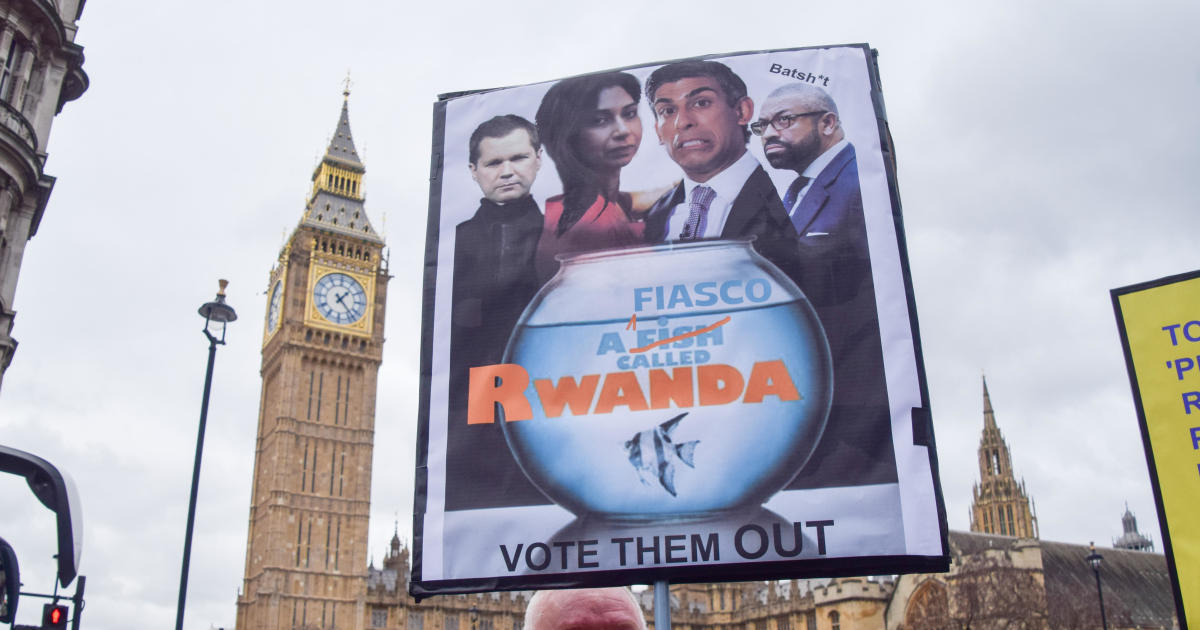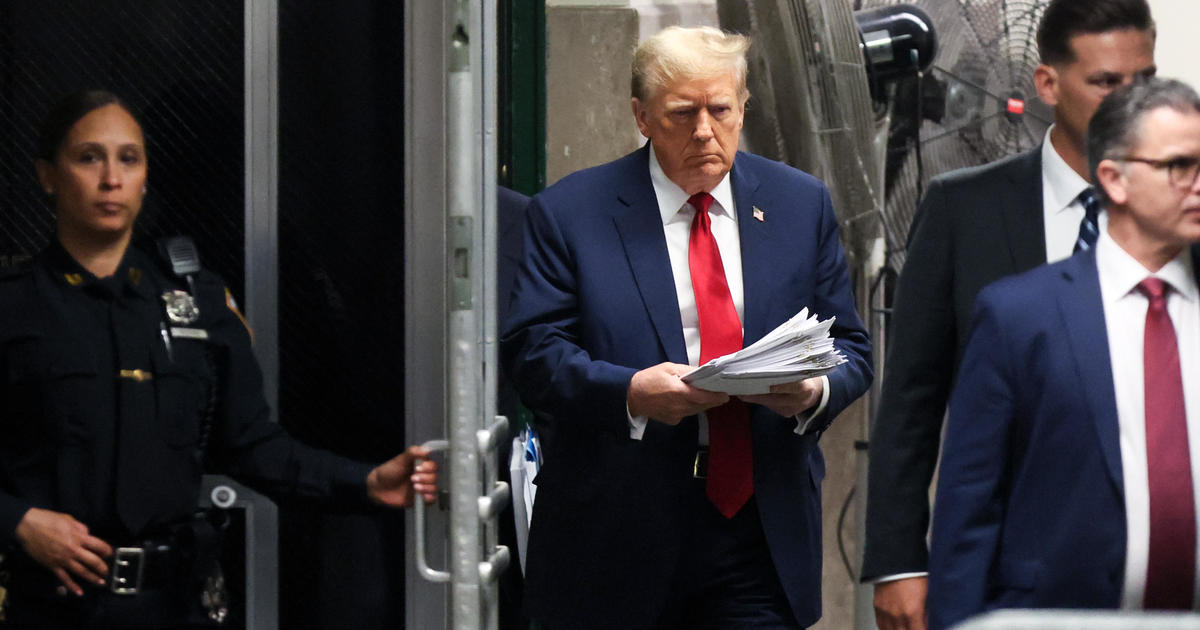Only 2 migrants allowed to seek humanitarian protection under Trump's coronavirus border order
Only two people have been allowed to pursue requests for humanitarian protection at the U.S. southern border under an emergency public health order issued in late March that the Trump administration has used to expel most unauthorized migrants in the region, government data shows.
Citing legal authorities in a World War II-era public health law, officials at the southern border have removed more than 20,000 migrants without proper documents to Mexico or directly to their home countries since March 20. In that same time span, border officials allowed just 59 migrants to temporarily stay in the country to be interviewed by an asylum officer about their claims of being tortured if expelled, according to statistics gathered by U.S. Citizenship and Immigration Services (USCIS).
The vast majority of these migrants — 54 of them — did not meet the heightened standard of demonstrating it was "more likely than not" that they would be tortured after being expelled under the public health order, which was issued by the Centers for Disease Control and Prevention (CDC). Three cases remain pending, according to the USCIS data obtained by CBS News, which was first reported by The Washington Post earlier Wednesday.
The two migrants who completed the screenings, which have a higher passing threshold than the ones conducted on those seeking asylum, can request protection under the United Nations Convention Against Torture, a limited relief from deportation that, unlike asylum, does not create a pathway to U.S. citizenship. It is also the only humanitarian protection migrants are allowed to request if they are processed under the CDC order, according to an internal Border Patrol memo obtained by ProPublica.
Under the public health order, which was renewed last month for another 30 days, the Trump administration has suspended the immigration, asylum and anti-trafficking laws and policies that govern the processing of border-crossing migrants — including unaccompanied children, who have been afforded extra legal safeguards for decades.
It is unclear how many border-crossing migrants have been processed under U.S. immigration law since the directive was implemented. In April, border officials encountered 766 unaccompanied migrant children. But only 58 were transferred to the U.S. refugee agency, which Congress tasked with caring for these minors, according to government data obtained by CBS News.
Officials at the agency that oversees the nation's immigration courts did not respond to questions about the number of migrants border officials have placed in regular immigration removal proceedings since the CDC order was issued.
A "fig leaf"
Top U.S. Department of Homeland Security officials like acting Customs and Border Protection Commissioner Mark Morgan have maintained that the public health order, which was signed by CDC Director Robert R. Redfield, is not an immigration policy, but rather a measure to prevent potentially infected migrants from spreading the coronavirus in the U.S. and taxing limited health resources in border communities.
But advocates have denounced the directive as another effort by the Trump administration to restrict humanitarian protections for migrants who journey to the U.S.-Mexico border. Over the past two years, the administration has rolled out numerous controversial policies designed to deter what it has called "fraudulent" asylum claims made by people whom officials deem to be economic migrants.
Before the pandemic, border officials had policies in place to try to bounce most asylum-seekers off U.S. soil as quickly as possible. They could require them to wait in Mexico for the duration of their asylum cases, place them in rapid deportation programs or even send them to Guatemala and have them seek refuge there under an agreement with that country.
The pandemic has largely paused these programs, but the CDC order has allowed border officials to remove unauthorized migrants and asylum-seekers even faster. Acting U.S. Department of Homeland Security Secretary Chad Wolf told reporters Tuesday that roughly 80% of migrants processed under the public health directive are expelled within two hours.
Aaron Reichlin-Melnick, a policy counsel at the American Immigration Council, said the fact that just two migrants have been allowed to seek refuge since March 20 shows the CDC order's true objective.
"These numbers reveal what we suspected from the beginning: these orders are an excuse to put up a wall to stop all asylum-seekers," he told CBS News.
In a two-page legal opinion shared by Democratic-led committees in Congress, the State Department said the CDC order "comports with our domestic law obligations concerning asylum seekers."
But Reichlin-Melnick said that allowing migrants processed under the public health order to speak to an asylum officer if they express fear of torture is merely a "fig leaf."
"The administration knew that if it fully banned all people from seeking protection, that would be even more blatantly illegal than the order already is," he said.





